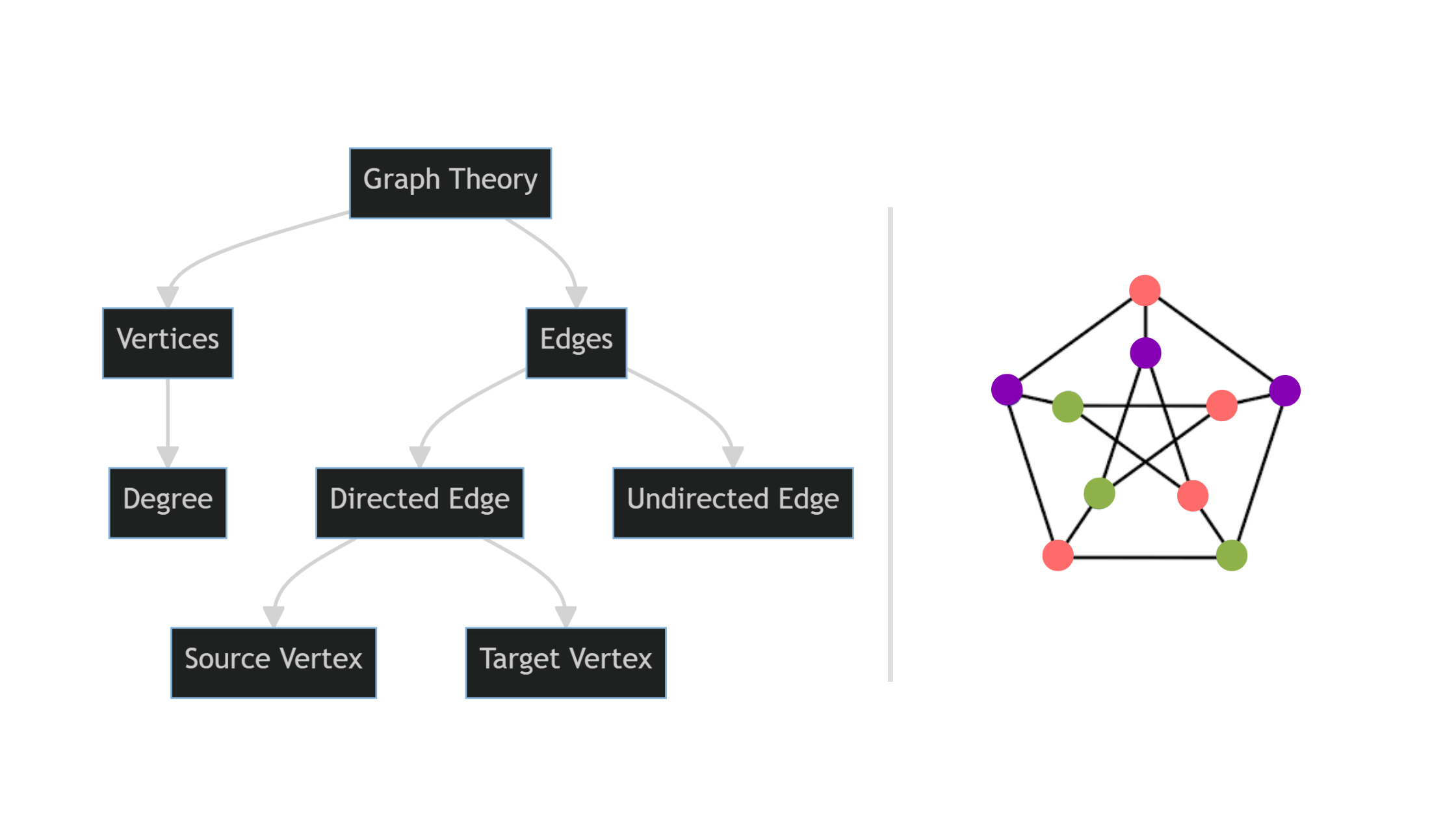Graph theory, a fascinating branch of mathematics, has been the subject of intrigue and study for centuries. Its applications span a wide range of fields, from computer science to biology, and its principles underpin many of the technologies and systems we use today. In this blog, we’ll delve into the world of graph theory, exploring its history, applications, and significance in today’s world.
What is Graph Theory?
At its core, graph theory is the study of graphs. But what exactly is a graph? In mathematical terms, a graph is a structure that models pairwise relations between objects. It consists of vertices (or nodes) and edges that connect these vertices. Each vertex represents an object, and each edge signifies a relationship between two objects. For instance, in a social network, individuals are the vertices, and their friendships or connections are the edges Wikipedia.
A Brief History of Graph Theory
The origins of graph theory can be traced back to recreational mathematics. Certain games and puzzles, which required determining a path through a network of connected points, led to the formulation of graphs. One of the most famous historical problems that gave rise to graph theory is the Seven Bridges of Königsberg. The challenge was to find a walk through the city that would cross each bridge once and only once. This problem was solved by the renowned mathematician Leonhard Euler in 1736, marking the birth of graph theory as a formal discipline Britannica.
Applications of Graph Theory
The beauty of graph theory lies in its versatility. Graphs are used to formally represent a network, which is essentially a collection of interconnected objects. Here are some notable applications:
- Navigation Systems: Platforms like Google Maps utilize graph theory. Locations are represented as vertices, and roads or paths are the edges. Algorithms rooted in graph theory help determine the shortest or most efficient route between two points GeeksforGeeks.
- Social Networks: Websites like Facebook and Twitter can be visualized as massive graphs. Users are nodes, and their interactions, whether through friendship requests or retweets, form the edges.
- Biology: In the study of molecules, atoms can be considered as vertices, and chemical bonds as edges, forming molecular graphs.
- Wireless Network: Representation of Nodes and Links- In a wireless network, devices (like routers, switches, access points, and end-user devices) can be represented as nodes (vertices) in a graph. The communication links or paths between these devices can be represented as edges. More detail will be next blog.
Academic Pursuits in Graph Theory
For those with a keen interest in diving deeper into graph theory, there are numerous academic resources available. The “Journal of Graph Theory” is a prominent publication dedicated to various graph theory topics. It covers everything from structural results about graphs to graph algorithms with theoretical significance Wiley Online Library.
Additionally, for those seeking a comprehensive textbook on the subject, “Graph Theory” by Reinhard Diestel stands out. It’s a standard in the field, providing in-depth insights into various graph theory concepts Diestel Graph Theory.
For a more advanced introduction, there’s a graduate-level paper available on arXiv that delves into the intricacies of simple graphs, multigraphs, and more arXiv.
In conclusion, graph theory, with its rich history and wide-ranging applications, is a testament to the beauty and complexity of mathematics. Whether you’re navigating through a city, connecting with friends on social media, or studying complex molecular structures, the principles of graph theory are at play. As we continue to advance in the digital age, the significance of graph theory will only grow, making it an essential field of study for anyone interested in mathematics and its real-world applications.



